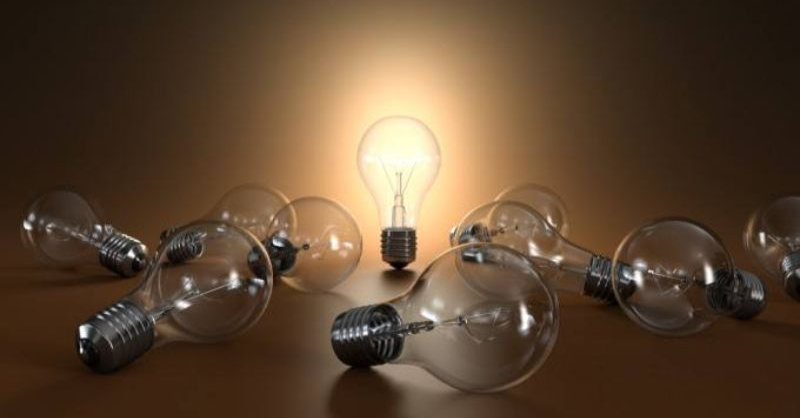
With winter comes shorter days, darker nights and wetter, icier conditions. Although anyone can experience an unexpected fall, older people are particularly at risk of slips and falls during the winter months. It’s imperative to take steps to reduce fall risks to help prevent long hospital stays, pain and discomfort.
There are a number of easy steps that can be taken to reduce risk at home, from removing trip hazards to installing a stairlift. One of the most cost-effective ways to prevent falls at home is by installing better lighting.
How Can Lighting Help Prevent Falls?
As we get older, our eyes naturally change. Losing the ability to adjust our focus or taking longer to adapt to a change in lighting conditions are just a few of the changes that can affect our eyesight as we age.
Improving lighting conditions in our homes means that we can see more clearly. We also use our vision to maintain our balance, using the location of objects around our environment as reference points for our brains. Not only does having brighter lighting help us to identify potential obstacles, but our balance is also improved so we can better avoid the obstacle.
How Can I Improve My Indoor Lighting?
During the winter, as well as spending more time at home, we may also spend more time visiting our loved ones, where we can be unfamiliar with potential hazards. The good news is that there are some very quick, inexpensive ways to manage lighting conditions – no matter where you are.
Motion-Sensing Lights
Installing motion-sensing lights removes the need for an individual to turn the lights on or off. While it may sound like a big job, in reality, automatic night lights can plug into the wall socket and are ideal for hallways. These lights come on automatically when they sense someone coming along, and are great for lighting the way during a night-time trip to the bathroom.
Increasingly you can find inexpensive, battery-powered wireless motion-sensing lights. These small devices can be stuck anywhere you need them – in a hallway, bedroom, or kitchen – there are no wires to trip over and you’re not restricted by electrical sockets.
Touch Lamps
Getting older is often accompanied by loss of flexibility or strength, including in our fingers. Turning on a bedside lamp can become frustrating and challenging.
Using touch lamps can help older people retain their independence and evening routines, such as enjoying some bedtime reading before going to sleep. Many touch lamps are dimmable, which allows you to adjust the light to a comfortable brightness for the time of day.
Voice-Activated Lights & Lamps
Switching to light bulbs that are compatible with voice-activated devices like Amazon Echo or Google Home, means that you’re able to manage the lights from the comfort of your sofa or bed. Using voice controls to turn off or dim the lights before going to bed eliminates the potential of stumbling in the dark.
While the initial cost of these bulbs may be high, in the long term, they’re extremely valuable to reduce your fall risk factor.
How Can I Improve My Outdoor Lighting?
It’s just as important to manage the risk of slips, falls and trips outside your home. Uneven ground and slippery conditions can make it challenging for older people to navigate their way safely outdoors.
Not only is well-positioned lighting critical for reducing your chance of falling, but also to reduce glare. As we get older, and especially for people living with dementia, shadows can cause problems with our depth of perception. Sometimes, a shadow may be perceived as a hole, causing an individual to try and avoid it – this can lead to more trips and falls, particularly where the ground may be uneven.
Mains-Powered Lights
Mains-powered lights that you can turn on and off from inside your home are a safe way to ensure your outside areas are well-lit before you even step out of your door. Ensure that all of the main walkways, doorways, driveways and steps are brightly lit so you can get out and about safely.
Solar-Powered Lights
Solar-powered lights charge up during the day and turn on automatically when lighting conditions dim. These lights take some of the stress out from needing to remember to turn the lights on and off, and can be more economical to run since they do not draw power from the national grid.
Motion-Sensing Lights
Just like inside your home, your outside space can also benefit from motion-sensing lights. Whenever you move about in your garden or along your driveway, the lights will come on instantly, lighting your way.
An Investment for the Future
With so many different lighting options, there’s something to suit every budget. Making an investment to improve your home lighting conditions can make all the difference when trying to keep your home free from trip hazards.
